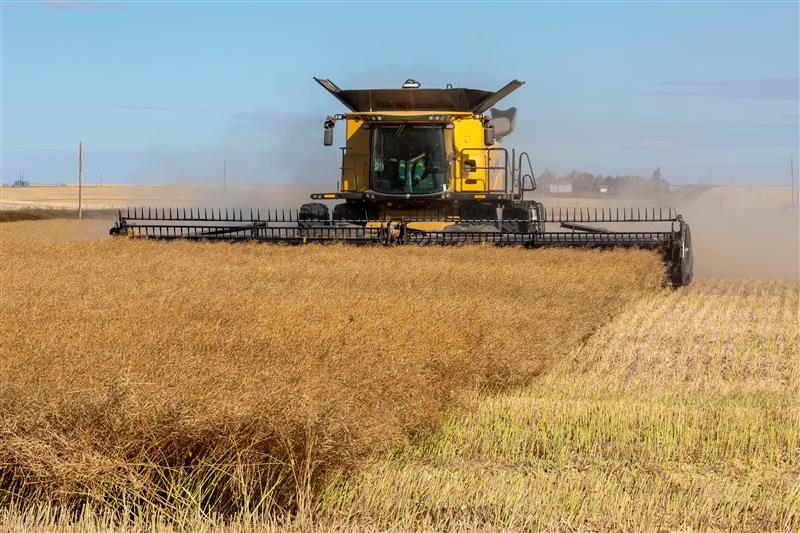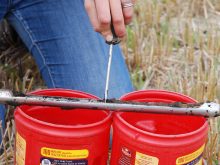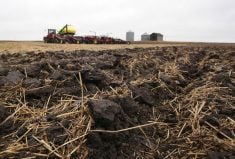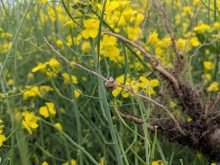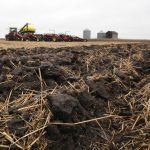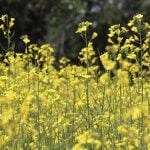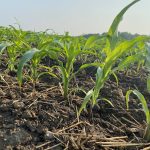RADISSON, Sask. -ÊThe hilly apple orchards of the British Columbia’s Okanagan Valley are about as different from the Hamilton grain farm as Canadian farms can get.
Craig and Yvette Hamilton raise bison and grow canola, barley and other grains – native prairie products people are used to seeing.
They are now tending a seven-acre apple orchard that, but for its extreme levelness, is much like any new apple orchard in B.C.
It’s a strange sight in Saskatchewan, and Yvette admits that a lot of local people are still getting used to the idea that real eating apples can be grown on the Prairies.
Read Also
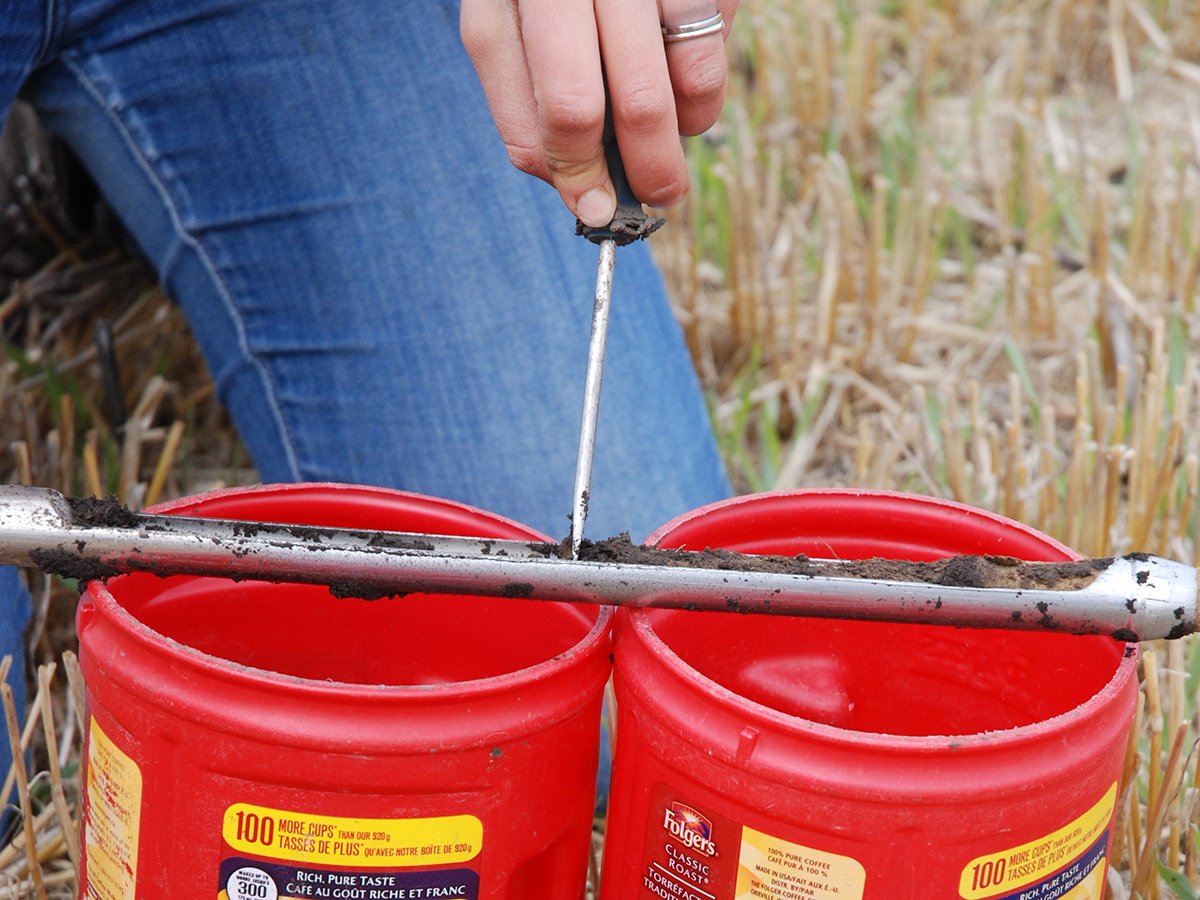
Federal government supports soil health strategy
Sophie Beecher, director general at Agriculture Canada, said at a soil conference in Winnipeg that the feds support the idea of a national soil health strategy.
“It’s just getting past the idea that we can do it here,” she said about the biggest hurdle she and Craig faced in deciding to set up a commercial orchard.
Their first good apples should be harvested next month, from the first trees they planted four years ago.
Orchards don’t cover the Prairies, but that’s not because prairie farmers don’t like fruit. Until now, apple trees capable of growing the large, tasty apples that grocery store consumers demand haven’t been tough enough to handle the winters, said University of Saskatchewan horticulturist Rick Sawatzky.
Prairie apple production has been confined to backyard crab apples and small eating apples that can’t be produced on the open plains.
The trees the Hamiltons grow use material bred by University of Saskatchewan researchers, who have been sporadically investigating apple trees since the 1920s. Sawatzky thinks at least one of the promising varieties he has developed will prove to be hardy, produce tasty fruit and grow well in prairie soils.
“I’ll eat my hat if one of these doesn’t turn out to be very good,” he said.
Craig Hamilton is pleased with the main type of trees he’s growing, which will produce the SK Prairie Sun apple once mature.
“It’s tough as nails,” he said.
The trees survived the vicious winter of 1996-97 and the two-month drought of 1998 without showing stress, he said.
Sawatzky said more time is needed to see how the trees hold up over a long time.
“If something would have gone horribly wrong with that cultivar, it would have happened by now.”
The trees on the Hamilton farm are a graft of a commercial dwarf root stock from B.C., and the SK Prairie Sun germplasm. The trees only grow two metres, a size favored by B.C. orchards.
The Hamiltons do not irrigate their orchard. They say their soil holds enough moisture. They don’t allow grass to grow between the tree aisles, which saves moisture.
Sawatzky said it is possible to grow apples without irrigation, but he expects most future commercial growers to use it. The University of Saskatchewan varieties won’t be available for a few years. A few growers are taking part in co-op trials, and researchers have all the test fields they need, said Sawatzky.
Commercial growers will have to wait until about 2000 to see how the varieties test before they’ll have a chance to try any themselves, Sawatzky said.
Diversify into fruit
Craig said he and Yvette decided to grow apples because they wanted to expand out of grains, but didn’t want to put all their efforts into saskatoons and chokecherries.
They were willing to chance an untried crop because they trusted the researchers and were willing to produce a nontraditional crop because apples already have a developed consumer market.
Craig said he realizes he has a lot to learn about fruit growing. The first time he saw the five-page long chemical control program followed by most B.C. apple growers, he felt put off.
“I felt about the same way you feel when you first find out what’s in a hot dog.”
Yvette admitted that her attraction to setting up an orchard doesn’t come entirely from economic analysis.
“I’ve always loved orchards,” she said. “When you see those apple orchards in B.C., it’s like being in heaven.”

